
How to Identify and Fix a Hanging Derailleur on Your Fat Tire Electric Bike?
A hanging derailleur on your fastest fat tire electric bike often results from misalignment, cable tension problems, or wear and tear. Early identification is key to avoiding further issues.
This guide will show you how to quickly identify the signs and fix the problem, ensuring smooth rides and optimal performance.
What is the Fat Tire Electric Bike Derailleur?
Before diving into fixes, it's crucial to understand what a derailleur is. A derailleur is a component of the bike that moves the chain from one sprocket to another. It plays a critical role in shifting gears smoothly. When it hangs or malfunctions, it can disrupt your ride, making gear shifting difficult or even impossible.
Signs of a Hanging Derailleur
Identifying a hanging derailleur early can save you from potential damage and costly repairs. Here are some signs to watch out for:
Unresponsive Gear Shifting
If you notice that your gear shifts are becoming sluggish or completely unresponsive, your derailleur might be hanging. This usually happens when the derailleur is misaligned or obstructed.
Noisy Chain Movement
A noisy chain, especially one that clicks or grinds as you pedal, could indicate a derailleur issue. The noise results from the chain not aligning properly with the gears.
Visible Misalignment
Inspect your bike visually. A derailleur that looks bent or hangs lower than usual is a clear sign of trouble. This misalignment can occur due to impacts, such as hitting a rock or curb.
Chain Drops
If your chain frequently falls off the gears, it's likely due to a misaligned derailleur. Chain drops not only interrupt your ride but can also damage the chain or sprockets over time.

Causes of a Hanging Derailleur
Several factors can cause your derailleur to hang, each requiring different approaches to resolve:
Physical Damage
Accidents or drops can bend or damage the derailleur hanger, leading to alignment issues. Even a minor fall can result in a misaligned hanger, affecting the overall gear system. It's important to inspect your mountain bikes with fat tires after any impact to ensure that the derailleur is still in proper condition.
Cable Tension
Improper cable tension can affect how the derailleur operates, making it hang or shift erratically. Over time, cables can stretch or slip, altering the tension and impacting performance. Ensuring that cables are correctly tensioned is a simple yet effective way to maintain smooth shifting.
Wear and Tear
Like any mechanical component, derailleurs can wear out over time, especially if not regularly maintained. This wear can be accelerated by exposure to the elements and frequent use. Keeping an eye on the condition of your derailleur and replacing worn parts as needed can prevent issues from escalating.
Steps to Fix a Hanging Derailleur
Once you've identified the problem, it's time to fix it. Follow these steps to adjust and realign your derailleur.
Tools You’ll Need
Before starting, gather these essential tools:
- Allen wrench set: Essential for loosening and tightening bolts.
- Phillips screwdriver: Useful for adjusting limit screws.
- Chain checker tool: Helps ensure your chain is in good condition.
- Bike stand (optional but helpful): Elevates your bike for easier access and adjustments.
Step 1: Secure Your Fat Tire Adult Bike
Begin by securing your bike. If you have a bike stand, use it to elevate the rear wheel, allowing you to spin it freely. If not, you can flip the bike upside down, resting it on the handlebars and seat.
Step 2: Inspect the Derailleur Hanger
The derailleur hanger connects the derailleur to the bike frame. Check for any bends or damage. If the hanger is bent, it needs to be realigned or replaced. Use an adjustable wrench to gently bend it back to its original position. Be cautious, as too much force can cause further damage.
Step 3: Adjust the Derailleur
Limit Screws Adjustment
Locate the two limit screws on the derailleur. These screws control how far the derailleur can move. Adjust them to ensure the derailleur does not overextend, which could cause the chain to fall off the gears.
Cable Tension
Check the tension of the derailleur cable. If it's too loose or too tight, the derailleur won't function properly. Use the barrel adjuster to tweak the tension until the chain moves smoothly across the gears.
Step 4: Test the Gears
Once adjustments are made, test the gears by shifting through them. The chain should move smoothly between each gear without hesitation or noise. Make further adjustments if necessary until the shifting is seamless.
Step 5: Final Inspection
Perform a final inspection of the derailleur to ensure all components are secure and aligned. Tighten any loose screws and ensure the derailleur hanger is firmly attached to the frame.
Preventive Maintenance Tips
To avoid future derailleur issues, regular maintenance is key. Here are some preventive tips:
Regular Cleaning: Keep your derailleur and chain clean. Dirt and grime can cause the derailleur to stick and malfunction.
Lubrication: Regularly lubricate the derailleur and chain to ensure smooth movement.
Check Alignment: After rides, especially on rough terrain, check the alignment of the derailleur to catch any issues early.




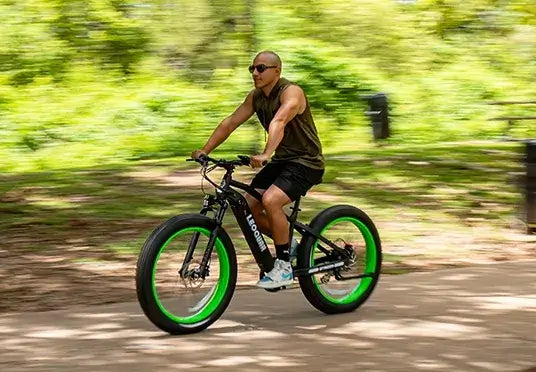
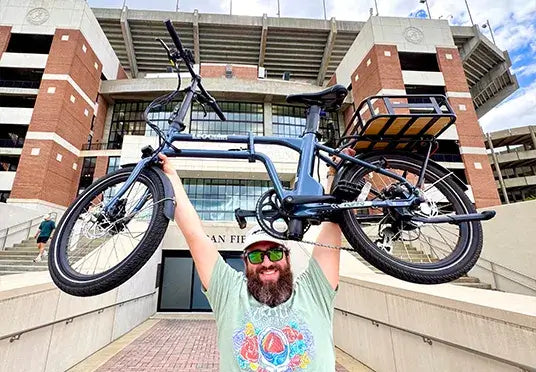



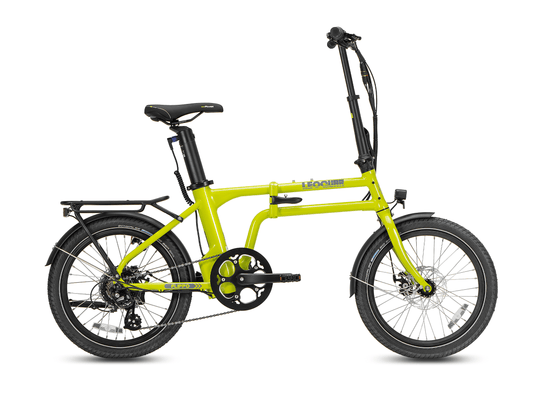
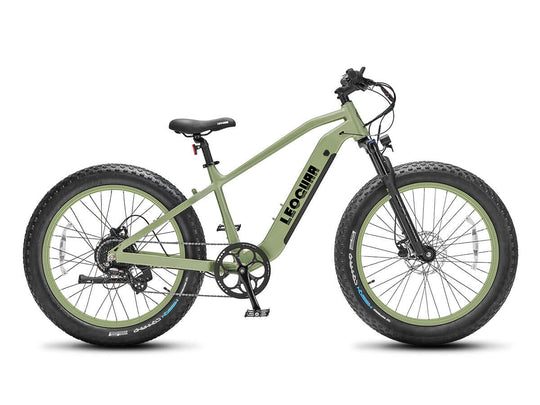
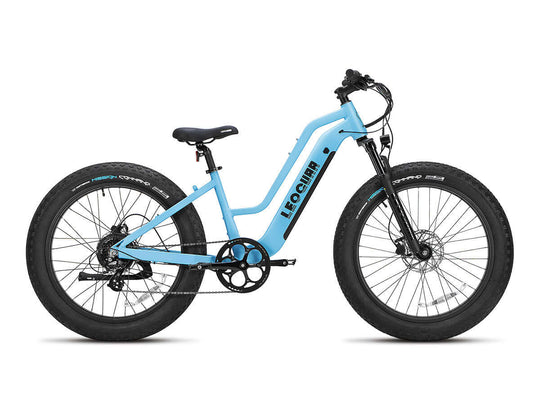
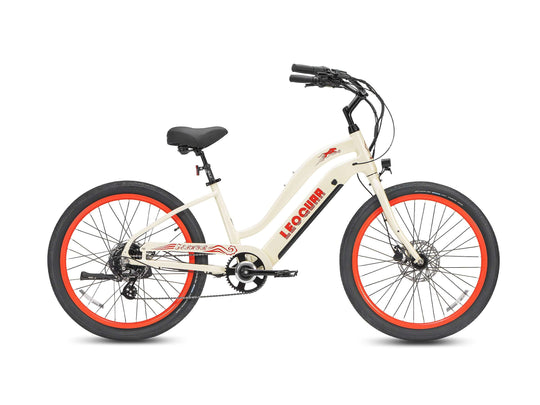
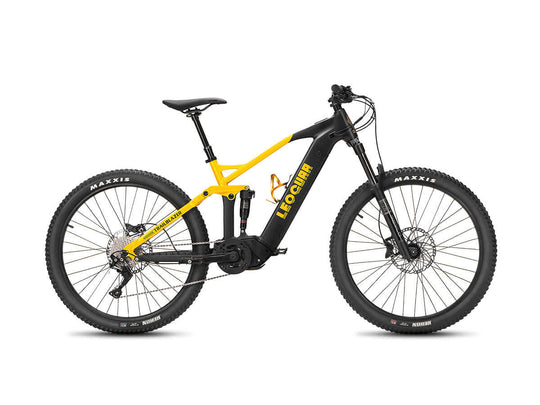
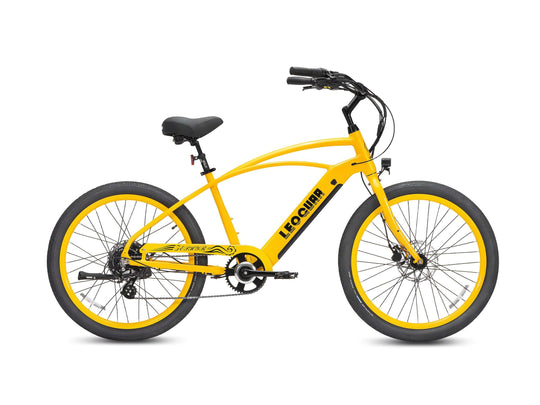
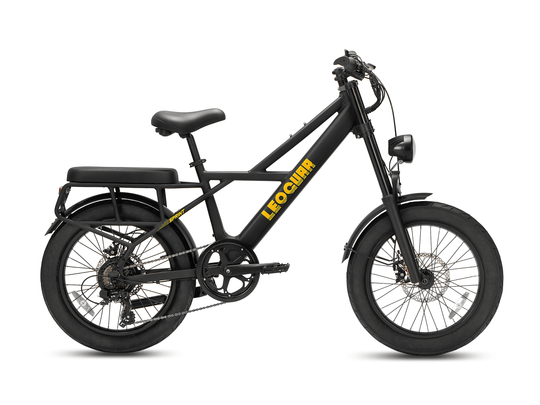
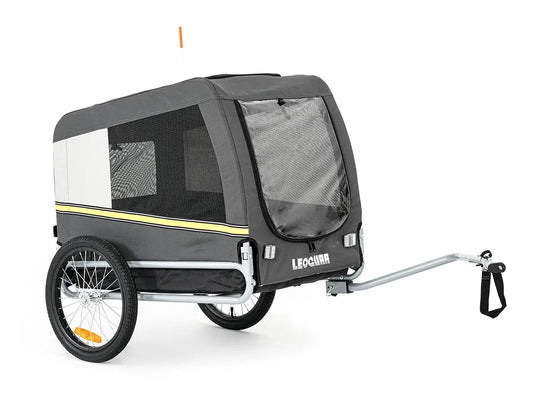
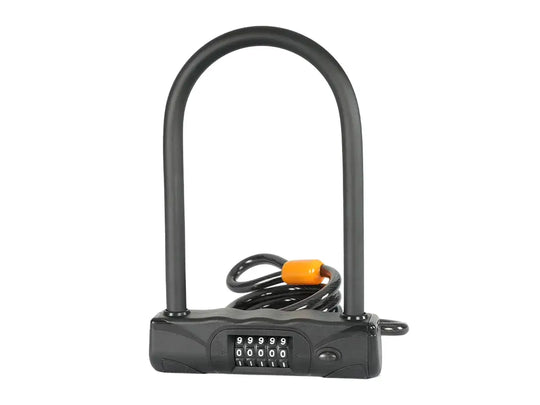
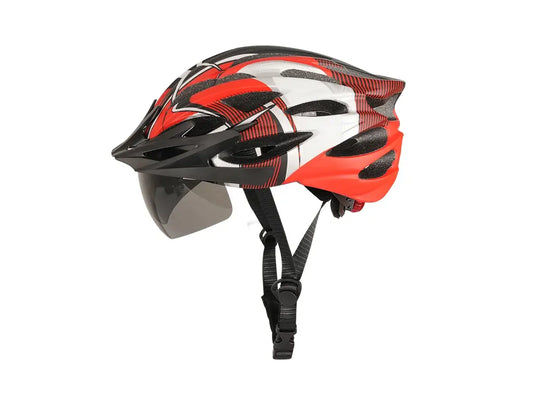
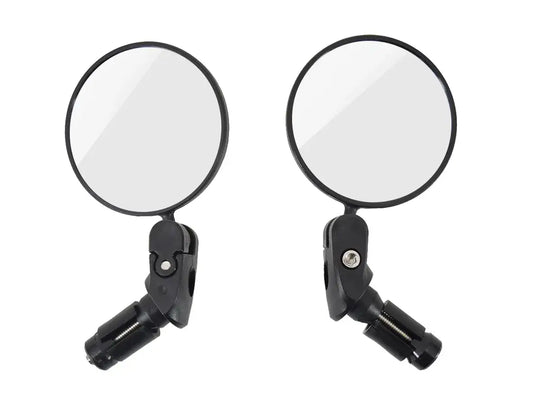
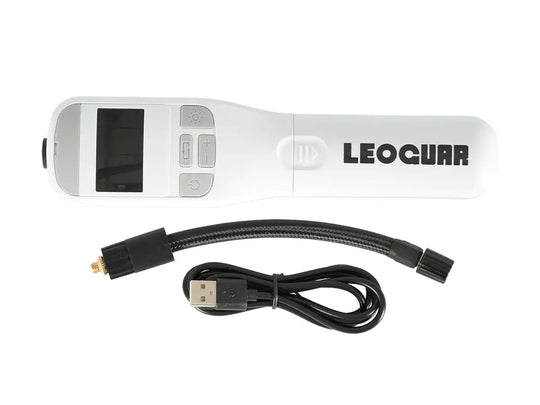
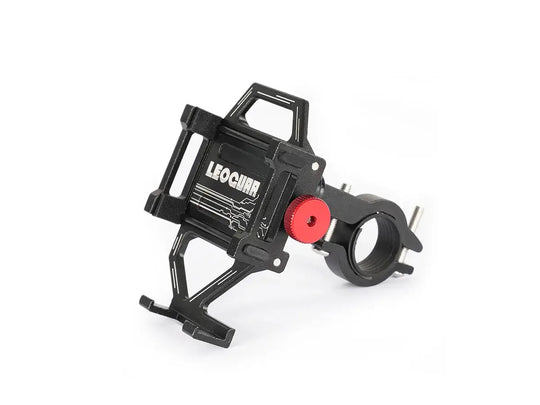
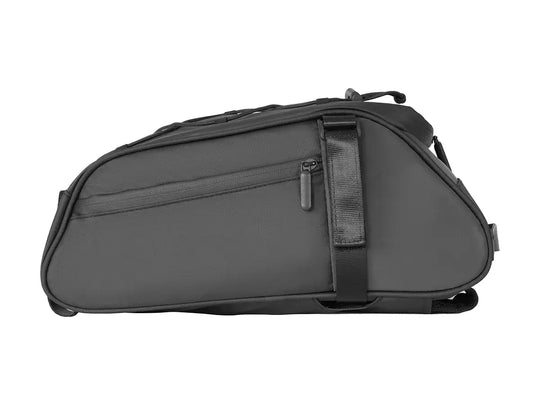
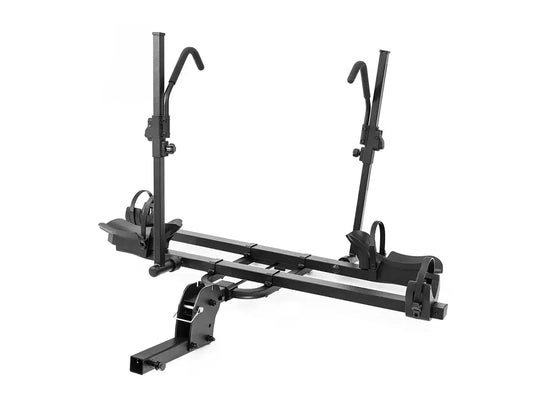
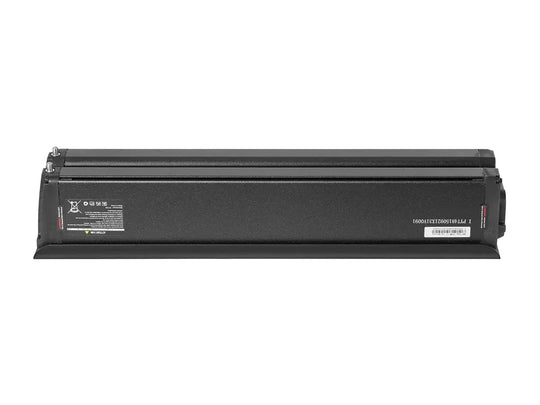
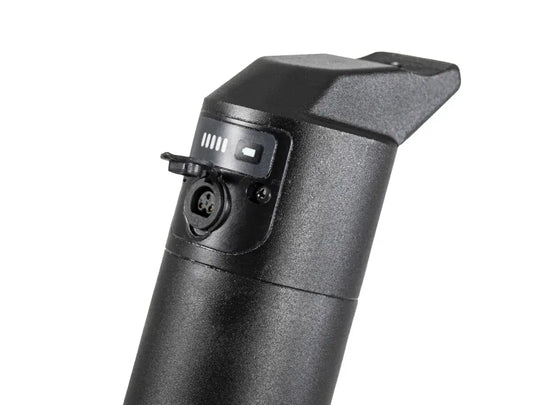
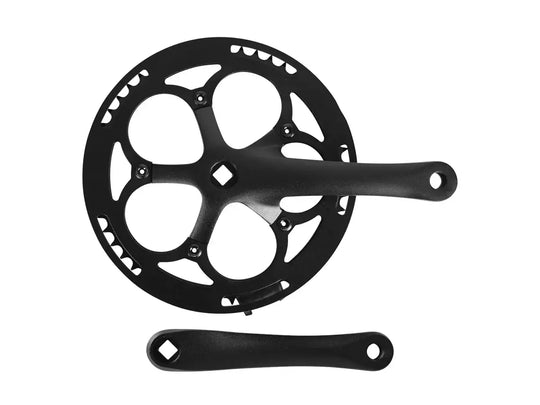
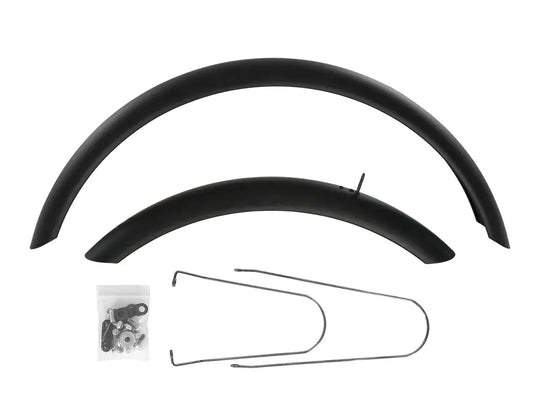
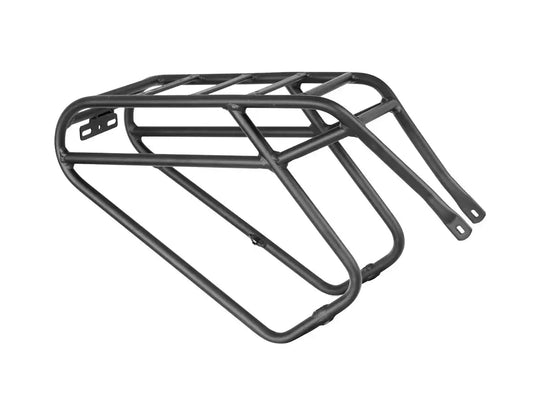
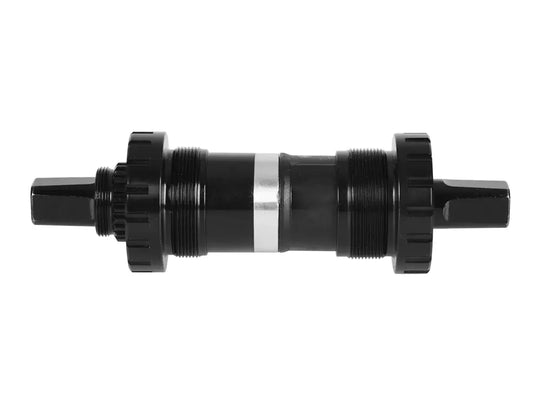
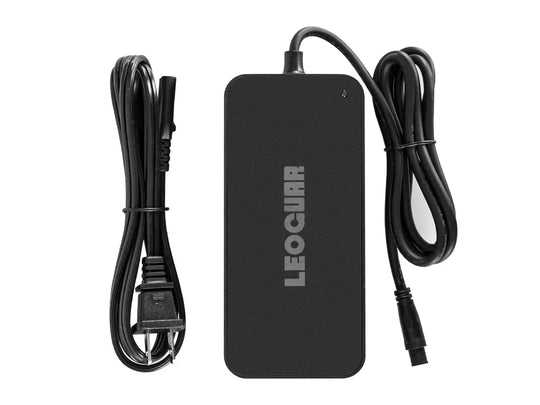
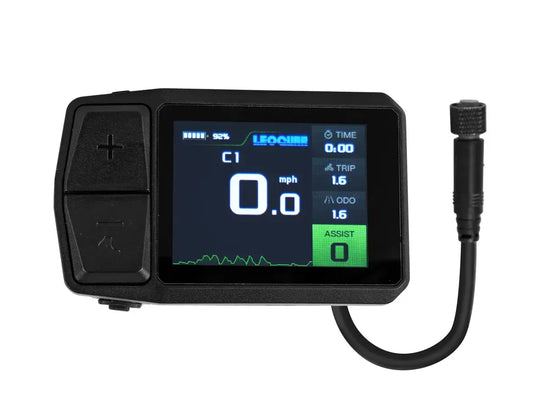
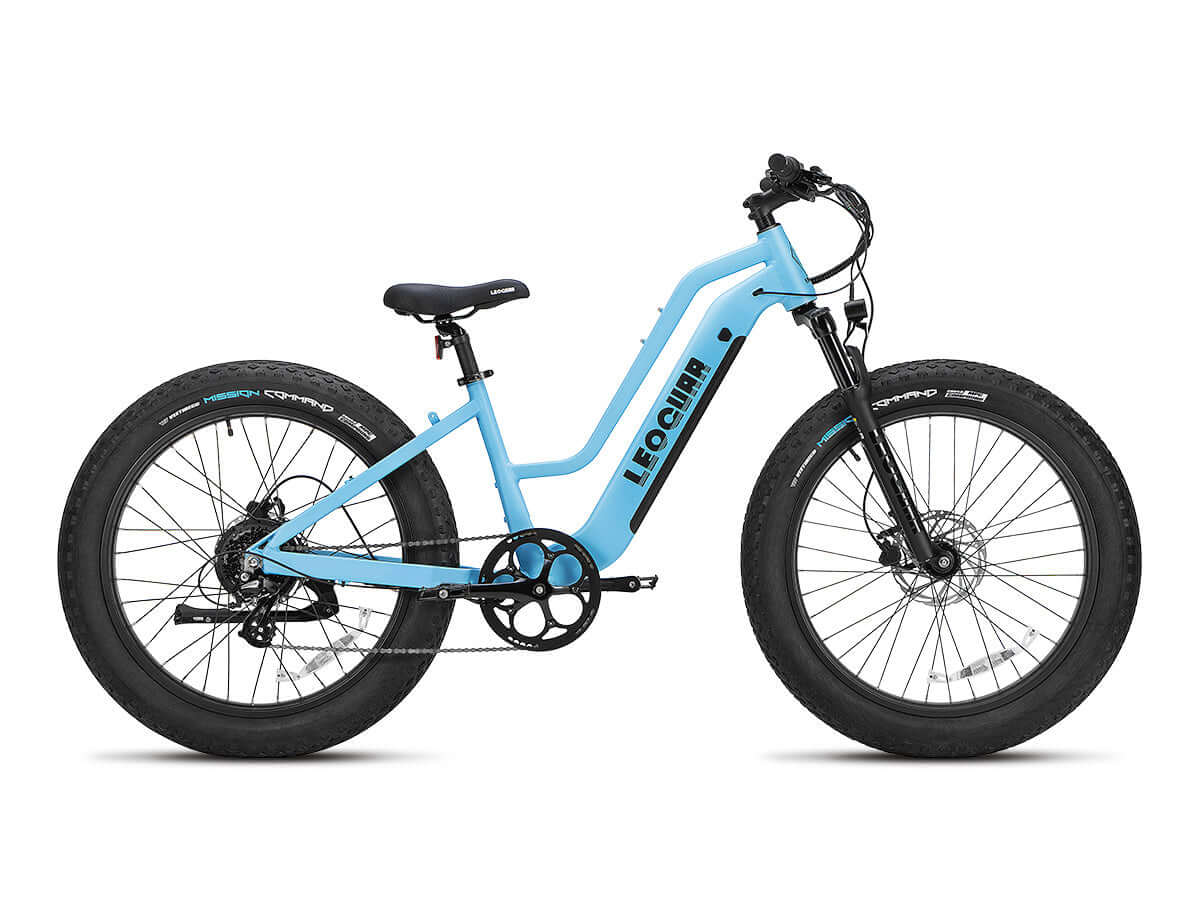







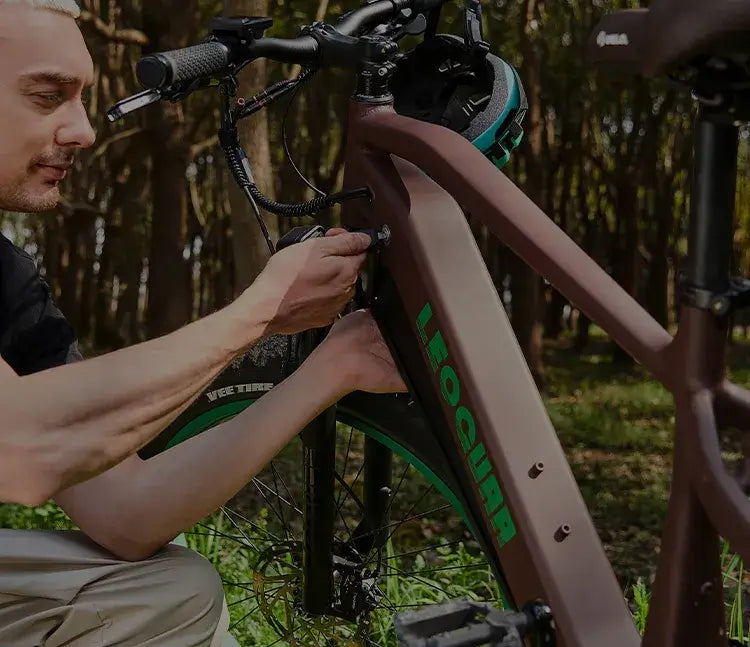
Leave a comment